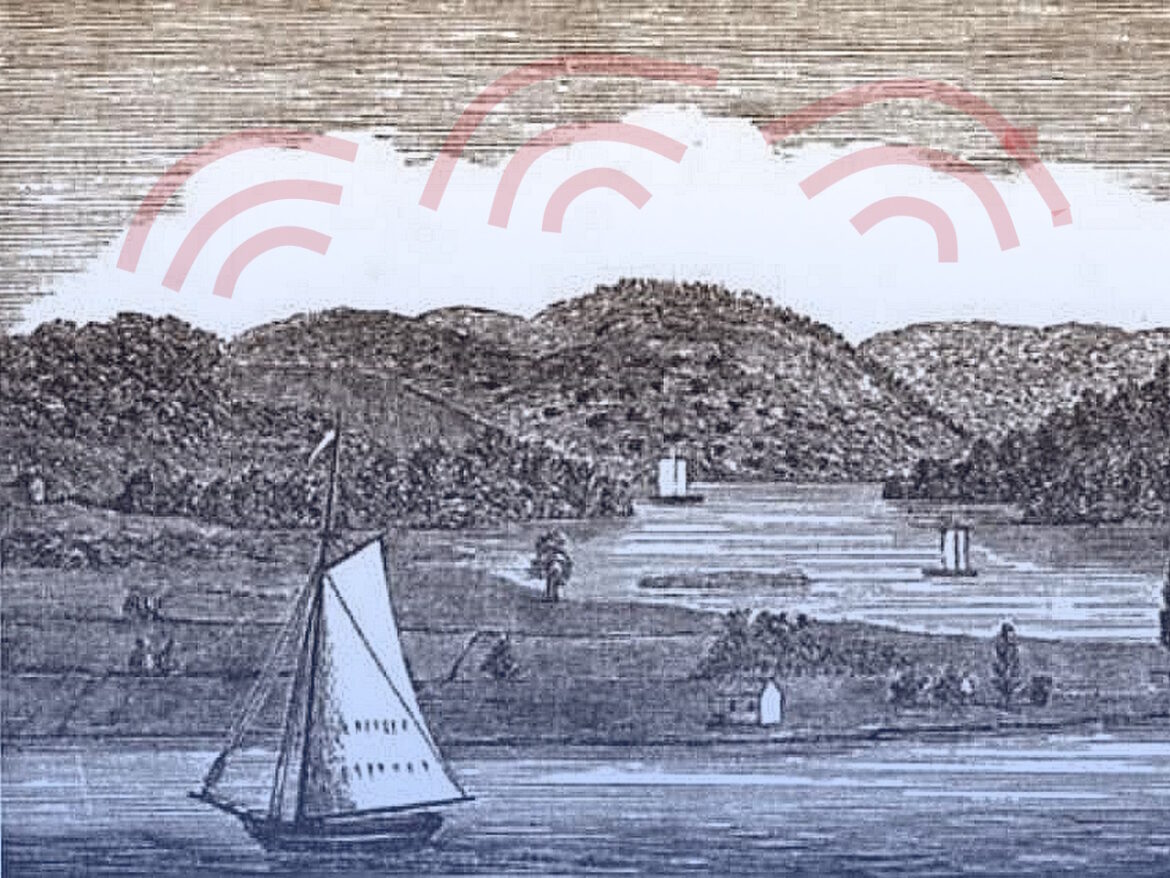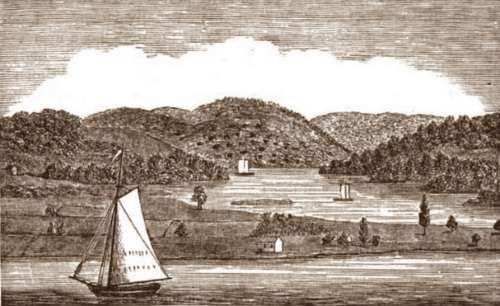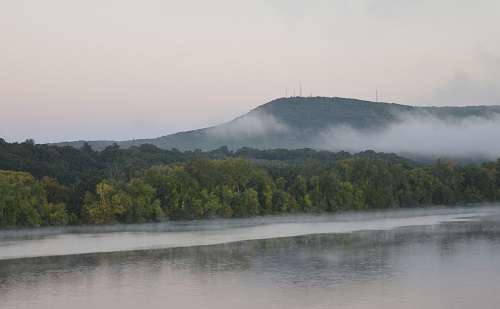The mysterious Moodus noises in south central Connecticut for many years frightened the Puritan settlers.
They weren’t alone. The Wangunk Indians had told the colonists of the fearful noises that they tried to appease. In fact, the Indians called the land around Mt. Tom “Machemoodus,” meaning place of bad noises. The settlers shortened the name to Moodus, now a village in East Haddam.
Today, people can still hear the strange Moodus noises, though they don’t pack the same terrifying punch they did in days of yore.
Moodus Noises
The Moodus Noises seemed to come from underground. Sometimes they sounded like thunder, sometimes like pistol shots. Sometimes they disappeared for years, then they’d return furiously.
The Wangunk Indians believed the Moodus noises originated from the god Hobomoko, who sat on a sapphire throne underneath Mt. Tom. Hobomoko kept the Indian medicine men busy trying to interpret his voice, which sometimes raged and sometimes spoke gently. The medicine men tried to figure out the right combination of sacrifice and prayer to calm the angry god.
The Puritans, of course, thought their angry God caused the Moodus noises. They first recorded hearing the noises in 1702.
In 1729, the Rev. Stephen Hosmer of East Haddam, Conn., wrote a letter to a friend in Boston referring to ‘fearful and dreadful’ sounds that frightened local residents.
Stephen Hosmer
Hosmer believed “God almighty is to be seen and trembled at, in what has been often heard among us.”
The Indians had a somewhat different take on the noises, wrote Hosmer. An old Indian said the Indian’s god was very angry that the Englishman’s god had come here.
“I have myself heard eight or ten sounds successively, and imitating small arms, in the space of five minutes,” he wrote. “I have, I suppose, heard several hundreds of them within twenty years; some more, some less terrible. Sometimes we have heard them almost every day, and great numbers of them in the space of a year. Oftentimes I have observed them coming down from the north, imitating slow thunder, which shakes the houses and all that is in them.”
Others had more scientific explanations. One colonist thought a tunnel linked the mountain to the sea and it carried wind and tidal sounds. Some thought underground explosions of gases caused the terrifying noises..
Alchemy
The Moodus noises ceased for a while after the great earthquake of 1727.
But another legend about the Moodus noises sprang up in the mid-1700s. King George supposedly sent an alchemist named Dr. Steele to stop them in 1760.
Steele said a great fossil called a carbuncle in the bowels of the earth caused the noises. He said his magic could remove the carbuncle and stop them. Steele then moved into a blacksmith’s shop, covered the windows and doors and at night worked in secrecy. One night the people of Moodus saw a cloud of smoke, flame and sparks coming from the blacksmith shop and concluded Steele was coming up with the carbuncle.
Eventually, Dr. Steele told the people of Moodus he had removed the great carbuncle, but he had discovered a smaller carbuncle that would cause more noises. They wouldn’t be as awful, however, as the noise caused by the large carbuncle. Then he disappeared.
Earthquakes
“Dr. Steele” was not exactly as good as his word.
On May 16, 1791 at about 8 p.m., an earthquake centered in Moodus shook all of Connecticut, the largest known tremor in the state. Measuring 4.5-5 on the Richter scale, it caused fish to jump out of water 20 miles away.
Tremors continued for several days, and on May 18, “the concussion of the earth, and the roaring of the atmosphere, were most tremendous. Consternation and dread filled every house. Chimneys toppled, stone walls fell and rocks of several tons moved.”
In 1929, horror writer H.P. Lovecraft used the Moodus noises for the basis of his short story, The Dunwich Horror.

Seismometer and other instruments at the Weston Observatory
But by the 20th century, scientists from Boston College’s Weston Observatory concluded tiny, shallow earthquakes called earthquake swarms caused the Moodus noises.
During the 1980s, four separate earthquake swarms consisting of 100 separate earthquakes struck the village, causing the Moodus noises to start up again.
Then in March 2011, the Moodus noises returned with an earthquake measuring 1.3 on the Richter scale.
Today, if you want to hear the Moodus noises, they can be best heard from Cave Hill, which is owned by the Cave Hill Resort.
This story was updated in 2024.
Image: Seismomitor By Z22 – Own work, CC BY-SA 3.0, https://commons.wikimedia.org/w/index.php?curid=33745561.



